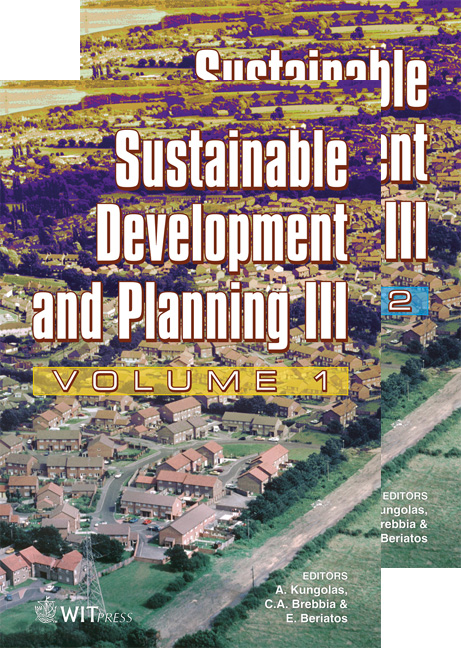Implementation Of The EU Directive On The Energy Performance Of Buildings In Austria
Price
Free (open access)
Transaction
Volume
102
Pages
10
Published
2007
Size
287 kb
Paper DOI
10.2495/SDP070502
Copyright
WIT Press
Author(s)
R. Brandtweiner & A. Hoeltl
Abstract
According to the Kyoto Protocol the European Union has to reduce its greenhouse gas emissions by 8% from 1990 levels by 2008-2012. Increased energy efficiency in the building sector holds a great potential to reduce carbon dioxide emissions and, therefore, is an important part of a group of policies and measures necessary to comply with the Kyoto protocol, the European Parliament and the Council of the EU laid down minimum energy performance requirements for buildings in the EU directive on the energy performance of buildings. The study at hand aims at developing recommendations for the implementation of the EU directive on the energy performance of buildings in Austria. The objective of an Austrian resolution has to have an institutional framework. On the one hand, buildings with the lowest emission reduction costs should be thermal-energetic remediated to reach the Kyoto targets in the building sector in the most economically efficient way and, on the other hand, new buildings should meet minimum energy performance requirements considering long-term energetic, ecologic and economic efficiency. Keywords: Kyoto targets, carbon dioxide, EU directive, building sector, energy performance, Austria. 1 Introduction Climate change is now accepted and confirmed by the scientific community and becomes more and more evident particularly by the glacial fusing and natural disasters which have been observed in the last decades. Due to, in part, the feasible and probable economic costs of the man-made climate changes, most of
Keywords
Kyoto targets, carbon dioxide, EU directive, building sector, energy performance, Austria.





